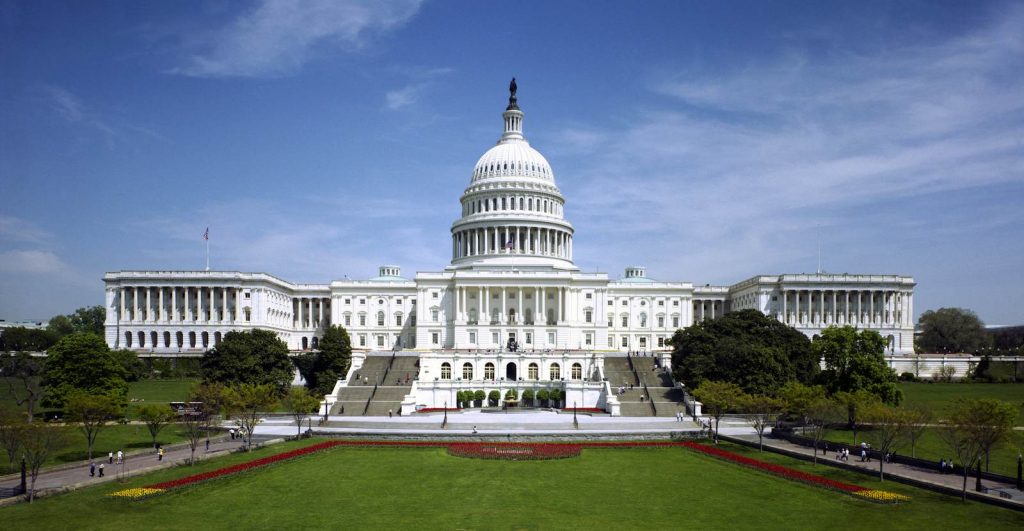Government Grants
Business Grants
Home Owner Programs
Federal Programs
About Us
Model analysis of integrated surface- and ground-water hydrologic response to climate change
This Funding Announcement is not a request for applications.
This announcement is to provide public notice of the Bureau of Reclamation?s intention to fund the following project activities without full and open competition.
Concerns for the effects of climate change on water supply and demand have put pressure on to increase reservoir storage.
However conservation, regulation, and market-based water trading are also seen as viable strategies for responding to these changes.
Increasing reservoir storage is an example of the supply management approach to water management (i.e.
water demand is fixed so supply must be increased).
Conservation, regulation, and water trading are examples of demand management approaches (i.e.
water supply is fixed so demand must be reduced).
Coupled hydrologic and economic models are essential tools for addressing questions of where and when supply management and/or demand management approaches are most appropriate for meeting the challenges of global climate change.
While surface water and groundwater hydrologic models have long been used as tools for water management decision making, economic modeling is relatively new.
Economic models which maximize the utility of a single commodity by maximizing the utility of a social welfare function or net social payoff function are known as partial equilibrium models.
Partial equilibrium economic models can be used to maximize the utility of water by determining equilibrium positions between water supply and demand for different water using entities, including agricultural irrigation entities, municipal and industrial (M&I) supply entities, hydropower entities, and environmental and recreational entities.
At equilibrium, the quantities of water supplied to and demanded by these entities differ because of differences in (exogenously determined) supply-costs, transportation-costs and demand-prices.
As such, partial equilibrium models are a means by which the relative economic valuation of water to different economic sectors can be incorporated into the water management decision making process.
In addition, they are a means by which the un-priced economic impacts of large storage projects (referred to by economists as externalities) can also be incorporated into the decision process.
Economic externalities are a common result of large storage projects; examples include raised groundwater levels, increased drain returns, new recreational features, and improved wildlife and aquatic habitat.
All of which are generally un-priced.
Model scenarios were developed to investigate management options associated with new water conservation measures and market-based water trading between these water suppliers and demanders.
The development and application of the conjoined Boise Basin spatial water allocation model will take place in three phases.
This announcement is to provide public notice of the Bureau of Reclamation?s intention to fund the following project activities without full and open competition.
Concerns for the effects of climate change on water supply and demand have put pressure on to increase reservoir storage.
However conservation, regulation, and market-based water trading are also seen as viable strategies for responding to these changes.
Increasing reservoir storage is an example of the supply management approach to water management (i.e.
water demand is fixed so supply must be increased).
Conservation, regulation, and water trading are examples of demand management approaches (i.e.
water supply is fixed so demand must be reduced).
Coupled hydrologic and economic models are essential tools for addressing questions of where and when supply management and/or demand management approaches are most appropriate for meeting the challenges of global climate change.
While surface water and groundwater hydrologic models have long been used as tools for water management decision making, economic modeling is relatively new.
Economic models which maximize the utility of a single commodity by maximizing the utility of a social welfare function or net social payoff function are known as partial equilibrium models.
Partial equilibrium economic models can be used to maximize the utility of water by determining equilibrium positions between water supply and demand for different water using entities, including agricultural irrigation entities, municipal and industrial (M&I) supply entities, hydropower entities, and environmental and recreational entities.
At equilibrium, the quantities of water supplied to and demanded by these entities differ because of differences in (exogenously determined) supply-costs, transportation-costs and demand-prices.
As such, partial equilibrium models are a means by which the relative economic valuation of water to different economic sectors can be incorporated into the water management decision making process.
In addition, they are a means by which the un-priced economic impacts of large storage projects (referred to by economists as externalities) can also be incorporated into the decision process.
Economic externalities are a common result of large storage projects; examples include raised groundwater levels, increased drain returns, new recreational features, and improved wildlife and aquatic habitat.
All of which are generally un-priced.
Model scenarios were developed to investigate management options associated with new water conservation measures and market-based water trading between these water suppliers and demanders.
The development and application of the conjoined Boise Basin spatial water allocation model will take place in three phases.
Obtain Full Opportunity Text:
Not Available
Additional Information of Eligibility:
Not Available
Full Opportunity Web Address:
Contact:
Bryant Lyndaker Financial Assistance Officer Phone 208-378-5138
Agency Email Description:
blyndaker@pn.usbr.gov
Agency Email:
blyndaker@pn.usbr.gov
Date Posted:
2009-04-17
Application Due Date:
2009-05-04
Archive Date:
2009-05-05
Social Entrepreneurship
Spotlight
The U.S. Government on Cultivating Impact Investing And Social Enterprise

According to a Private Capital, Public Good report recently released at the White House from a group of A-list impact investing and social enterprise specialists, the U.S. government can do a lot to spur the growth among the impact investing and social enterprise sectors.
